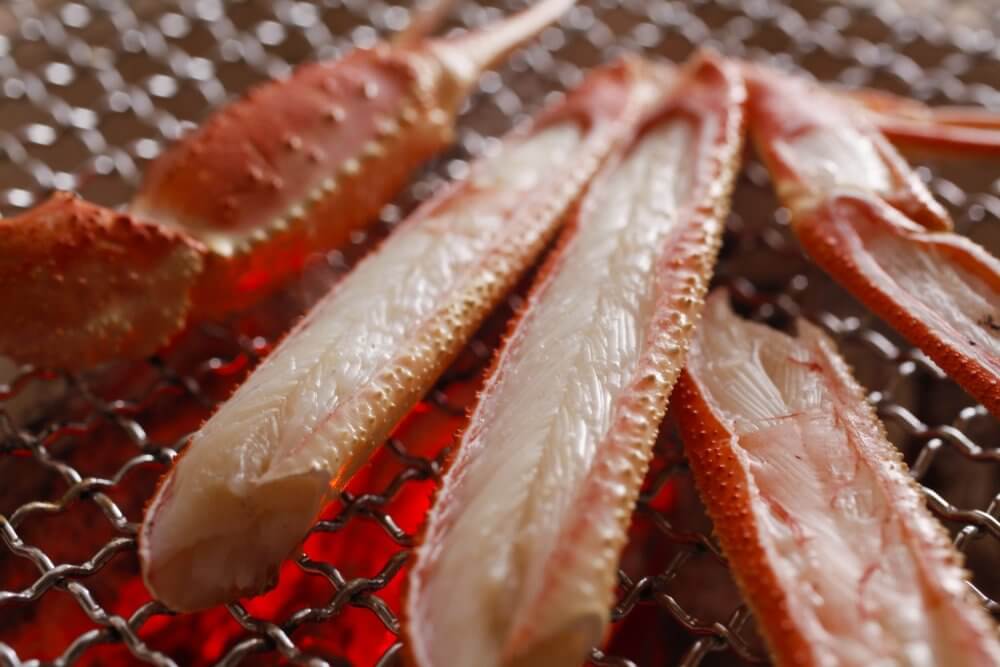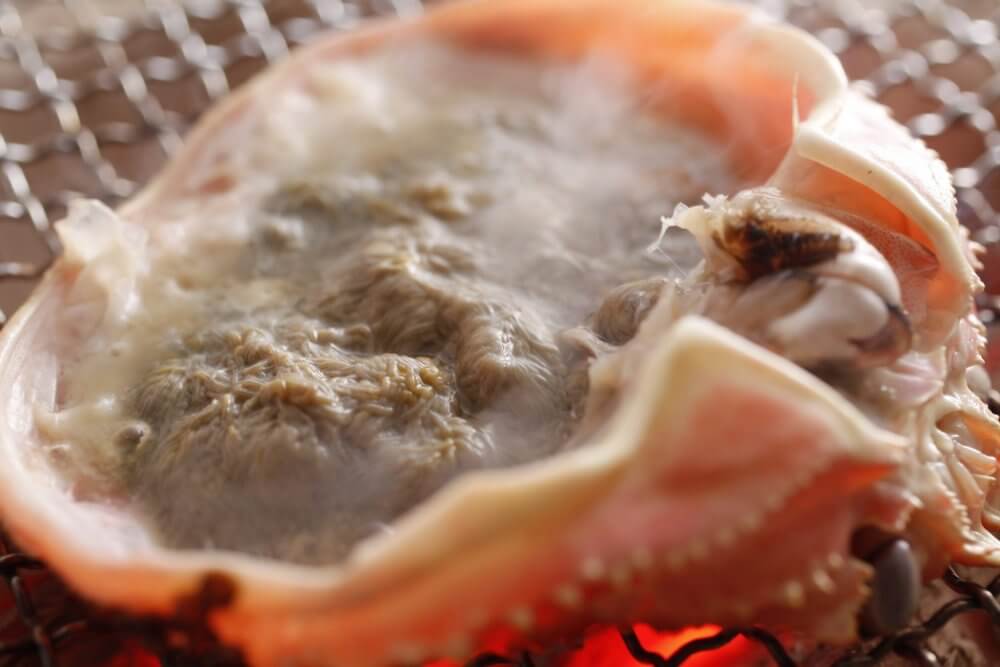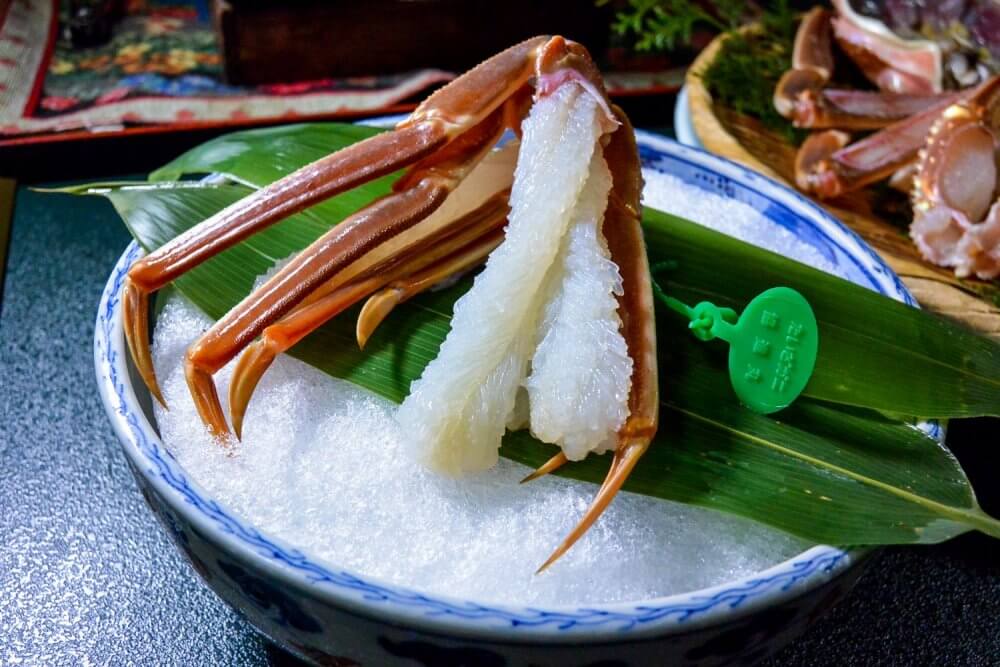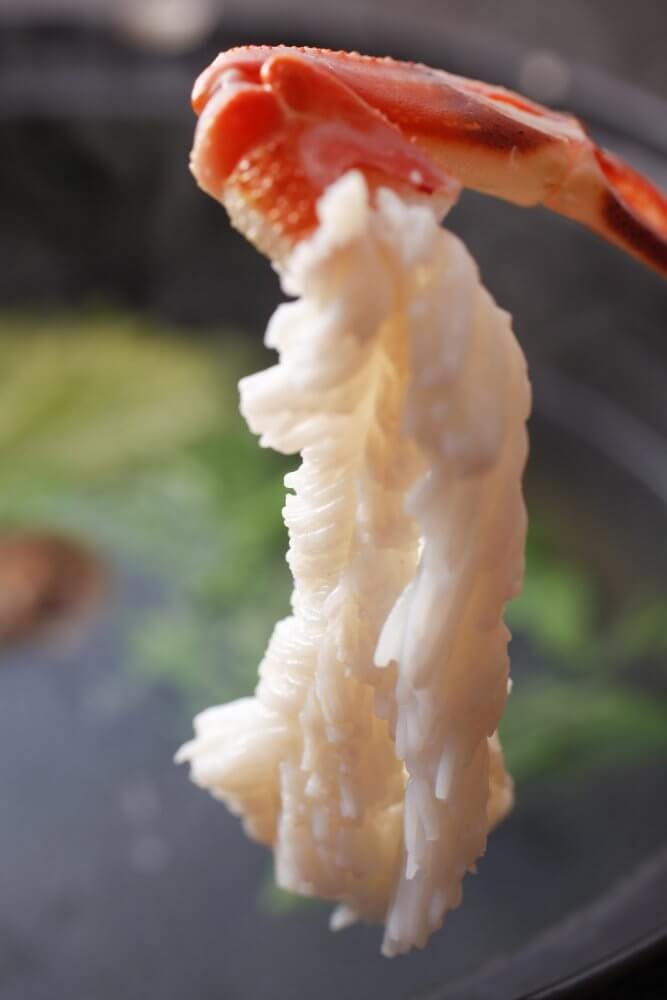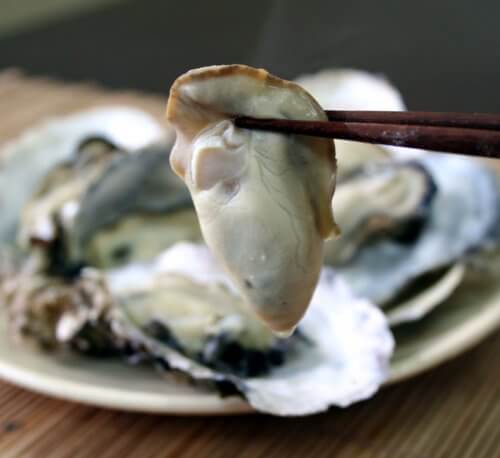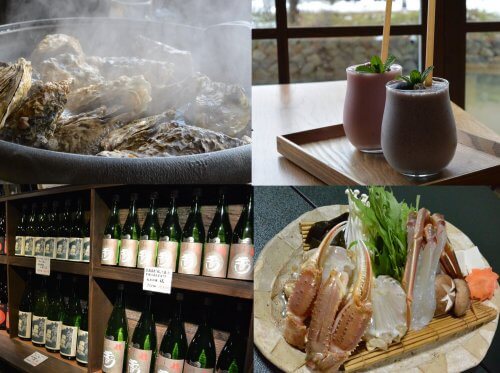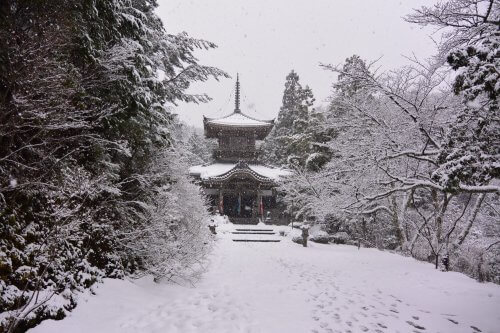Blog
Posted: October 29
Snow Crab in Kyotango – The Phantom Crab
Snow crab is a popular food in Japan during the winter months, and Kyotango has a special brand of crab that is famous across Japan for both its rarity and its freshness. Officially called “Taiza Crab”, after the port they are landed at, the local people often call them “Phantom Crab”.
Crab Trawlers Set Sail
On November 5th a large crowd gathers at Taiza’s fishing port, to watch as the ships set out. Mostly friends and extended family members of the fishers, it’s become a tradition to wish them a safe journey and to bring back a big catch.
Five ships set out about 9:00 at night so they can be in position at midnight, when the fishing can officially begin. At midnight they will drop their nets and begin trawling.
Crabbing Boats Setting Sail
Crab Fishing Grounds
The crab fishing grounds are very close to the harbour. It only takes about 2 or 3 hours so the fishers are able to make a round trip in one day, rather than spending multiple days at sea. Because of this quick return the fishing boats are quite small.
The crabs live off the edge of a continental shelf where the seabed drops to about 230m – 300m. They eat a little further off where it drops to depths deeper than 300m. The high oxygen content, calm sea, and year round cold helps fill the crabs muddy feeding ground with lots of food.
The fishers thoroughly inspect the crab as they are unloaded from the boat. They are examining the crabs for size, weight, colour, injuries, shape; in total there are about 50 points they consider on each crab.
Crab Fishermen Inspecting the Crabs
The snow crab market is highly competitive but all these checks help to ensure the quality and integrity of the “Taiza Crab” brand. After inspection, the fishers fit the crab with a band identifying it as a Taiza Crab and the ship that caught it.
By only having a few small fishing boats the number of Taiza Crab caught is quite low. When the strict quality checks are added in it makes this brand of snow crab very rare indeed, leading it to be called “Phantom Crabs”.
Snow Crab Auction
The first auction of the year is a busy affair
As the snow crabs are unloaded, they are separated into lots for the auction. Each lot has 5 or 6 crabs in it, and belongs to one ship. The buyers use hand signs to indicate how much they are willing to pay.
One lot usually has 5 or 6 crabs in it The hand signs go so fast they’re hard to see
The auction is over very quickly, it probably takes longer to set it up. As the lots are sold the crab are boxed up and shipped out for each buyer.
Boxed up and ready for shipping
It’s mostly wholesale buyers at the auction. They then sell the crab on to restaurants and markets. People travel from all over Japan to taste the Taiza crab in Kyotango.
The female crabs are auctioned off first. They are much smaller and more plentiful than the males, so they are sold in much larger lots. They are very tasty and filled to bursting with eggs.
The female Taiza crab are called koppe
The first day of the auction is the most expensive, and the price of the most expensive lot is a topic of hot debate. At the highest a lot of five snow crabs can be auctioned off for a total of 250,000 yen. That’s 50,000 yen each, about 320GBP, 440USD, 380EU. But after the excitement of the first haul is over they go for more reasonable prices. Some are closer to 10,000 yen each (about 65 GBP, 90USD, 75EU).
Snow Crabs For Sale
But where can you buy Taiza crabs in Kyotango? Here a few of the restaurants and seafood shops where you can get them. There are sure to be other places to get them so keep your eyes out for signs saying “間人ガニ” “Taiza Crab”.
Restaurants
Hisami – This is a premium seafood restaurant located in Taiza less than 5 minutes away from the crab auction. http://www.hisami-kasade.com/ (Japanese language)
Sumihei – This ryokan, just on the edge of Taiza, has Taiza crab prepared in a variety of ways. http://www.sumihei.com/
Hanare Kai – Located in Yuhigaura, this ryokan offers Taiza crab prepared many different ways. https://k-kai.jp/
Jukaitei – Also located just outside Taiza, this ryokan has Taiza crab prepared anyway you like it. https://www.jukaitei.com/
Seafood Vendors
Heihichi – This shop is conveniently located in the Mine shopping mall in Mineyama. They have a few different sets, including the discounted injured crabs. http://www.hei7.com/ (Japanese language)
Senshou- Located in Amino (next to Juntendo) this shop has a variety of seafood available, including Taiza crab at reasonable prices. http://www.kani-tango.com/ (Japanese language)
Kani Ichiban – At the far end of Kumihama (on the road to Toyooka) this shop has Taiza crab. They are available raw or pre-boiled. https://www.kani-ichiban.com/ (Japanese language)
Remember to keep an eye out for other restaurants and seafood vendors who might carry Taiza crab.
Cooking Snow Crab
One crab has enough meat for two people to get quite a bit each but it’s not so filling that they won’t have room for accompaniments as well. As such the following recipes are intended for two people, please adjust them as you see fit.
I would recommend getting the crab raw but prepared. That way you don’t need to worry about separating the legs from the body, and they may cut part of the shell off the legs and claws making it easier to get at the meat.
The ingredients have been listed in English and Japanese to make it a little easier to find in the super market.
Crab Nabe (Hotpot)
Our first method of cooking crab is a crab nabe, or crab hotpot. This is a great way to eat the crab with friends and family as all the cooking is done at the table. Just make sure you prepare the stock and vegetables before they arrive. You’ll only need to leave the table to get more drinks.
Crab Hotpot (Sumihei)
Stock Ingredients
- 1L Water 水
- 2Tbsp Dashi Stock だし汁
- 2Tbsp Cooking Sake 料理酒
- 2Tbsp Mirin みりん
- 2 Sheets Konbu 昆布
Main Ingredients
- 1 Snow Crab 間人ガニ
- 1/2 Napa Cabbage 白菜
- 4 Shiitake Mushrooms 椎茸
- 3-4 Salad Onions (Scallions) or 1 Leek 長ネギ
- 1 pack Tofu 豆腐
Shime (finish)
- 2 cups rice 米 (or your preference)
Directions
If the crab is frozen make sure you take it out with enough time to defrost. If it’s been left to late run it under the cold tap, don’t use hot as it may cook the outside and make it overcooked after you take it out of the pot. Don’t let it get too warm or spend too long defrosted as you want it at premium freshness.
Soak the Konbu sheets in the water for 1-2 hours before hand, then discard the sheets. Mix the water and the rest of the stock ingredients in the nabe pot and start heating it at a medium heat. When the pot is at a rolling boil put in some of your vegetables and tofu. When it gets back to a rolling boil put the crab in. Only put what you’re going to eat in one go in, you don’t want to overcook the snow crab.
After you are done eating the crab and extras you should have a lot of stock left so its time to put the shime in. The rice will soak up the tasty stock which has been augmented by the crab and vegetables cooked in it. That should make it super tasty and very nutritious.
Grilled Snow Crab
Crab legs grilling Crab miso (brown meat)
Grilling is probably the simplest way of cooking crab. It also helps ensure that there are no strong flavours competing with the crab for your attention. Unless you use dip it in something afterwards that is.
Grilling doesn’t take a long time, only about 5 minutes on high if you use a gas fish griller, or about 7 minutes at 1000w if you use a toaster oven. If you’re grilling the crab on coals make sure to check them regularly, you don’t want them overdone.
You can also roast the crab miso (brown meat) in the upper shell of the crab. You can lighted the flavour by adding a little sake. It makes an excellent dipping sauce for the white meat.
If crab miso is not to your liking, perfectly understandable, then there are other options. In the interests of keeping it simple, melted butter is always a good option. But if your after a more “Japanese” flavour profile try the following dipping sauce.
Ingredients
- 4Tbsp Vinegar 酢
- 2Tbsp Shiro Dashi 白だし
- 1tsp Soy Sauce 醤油
- 1tsp Mirin みりん
- 1tsp Sugar 砂糖
Crab Shelling
The following recipes all involve the crab being removed from their shell first.
- Trim the leg so your only dealing with the thick part of the leg, and one joint.
- Cut the shell up the length of the thick part of the leg, stop at the joint.
- Peel the shell off.
- Peel the red membrane off (this may have come off with the shell).
- It should be nice white flesh, and is said to look like a flower blossoming.
Removing the shell is the hardest part of these recipes, so please enjoy one of he following recipes at your leisure.
Sashimi
Crab Sashimi
This is the only recipe here which doesn’t involve actually cooking crab, and you’ve already done all the hard work by taking the shell off. For eating just dip the Taiza crab in a bit of soy sauce (only a little) and wasabi and enjoy. If you are in any doubt about eating raw crab check with the shop that sold it to you, and make sure you haven’t left it out for too long.
Crab Shabu
You can make Crab shabu with many of the same ingredients as the crab nabe above. The main difference is the added prep of the crab legs, but don’t be put off by the extra work. It’ll make for an easier eating experience for your guests as they won’t have the shells to contend with.
When cooking meat in shabushabu style you would just wave it around in the simmering broth for a few seconds until it’s cooked. You should do the same with the crab. Without its shell, and having blossomed like a flower, it will cook a lot faster so don’t put too much crab in at one time, only what you will be eating right away.
Crab Shabu
Kyotango’s special snow crab are only in season for a short time. While you can find Kyoutango’s Taiza crab in restaurants in Kyoto, and even Tokyo I’m told, they will always be freshest in Kyotango.

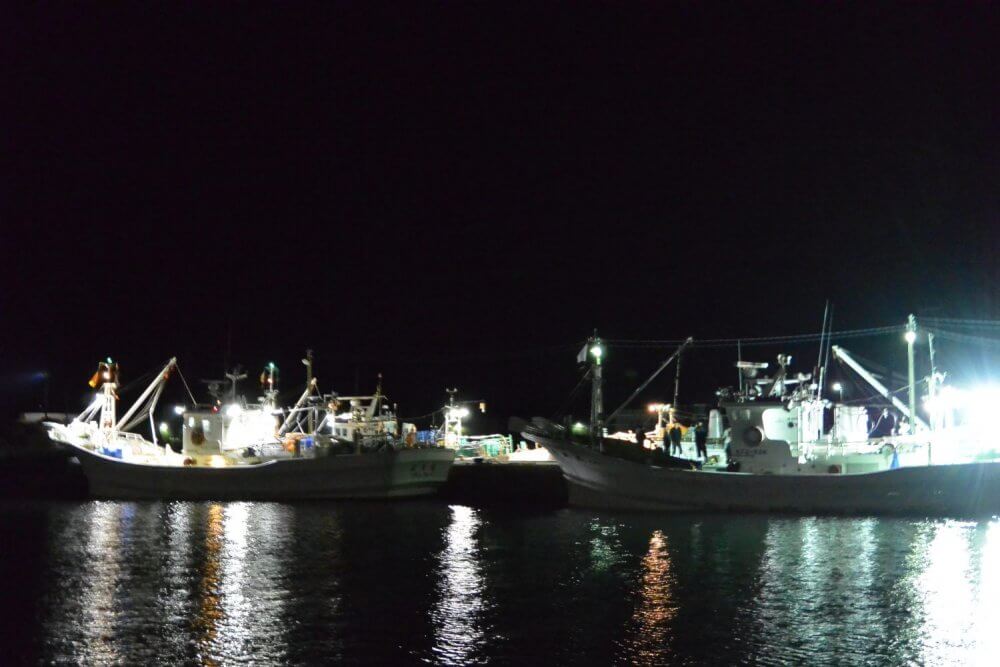
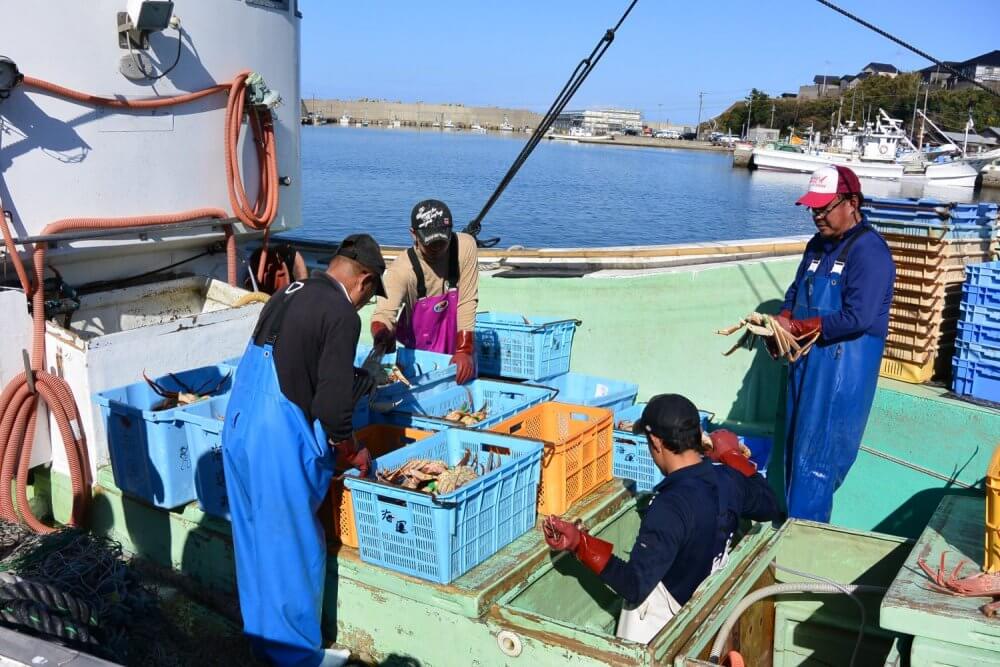
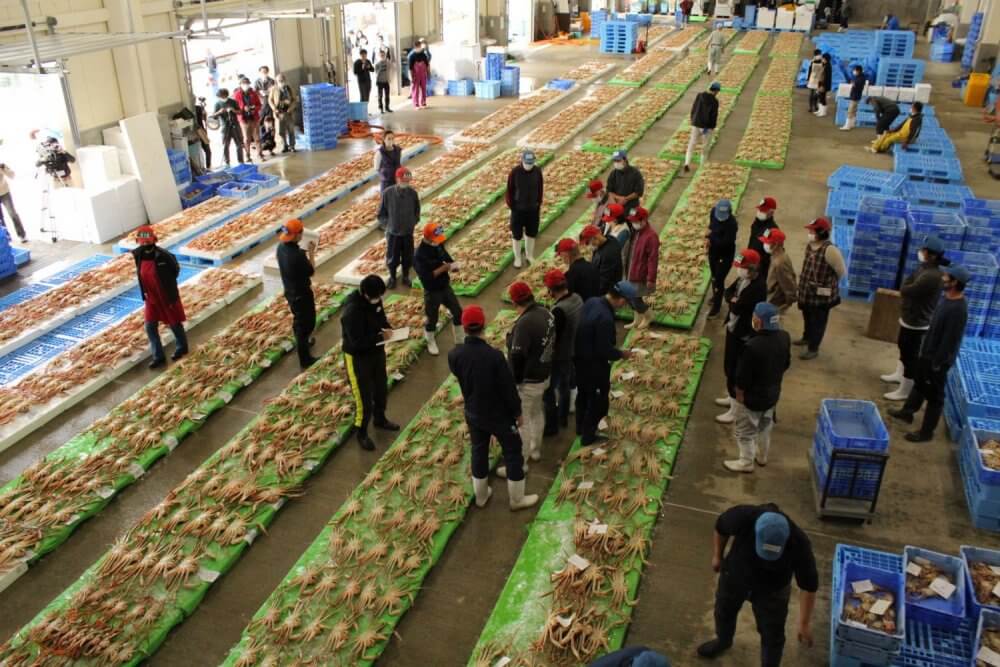
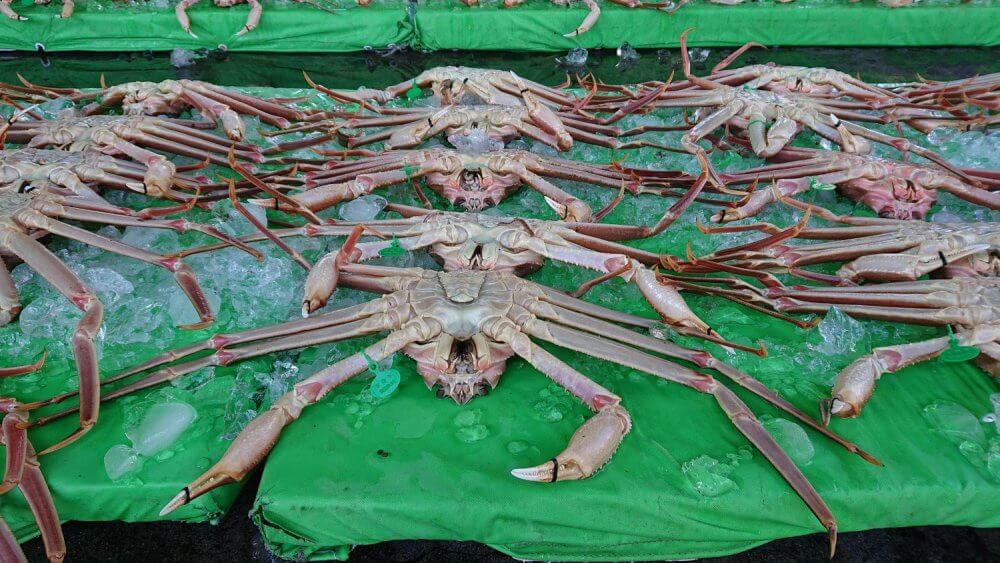
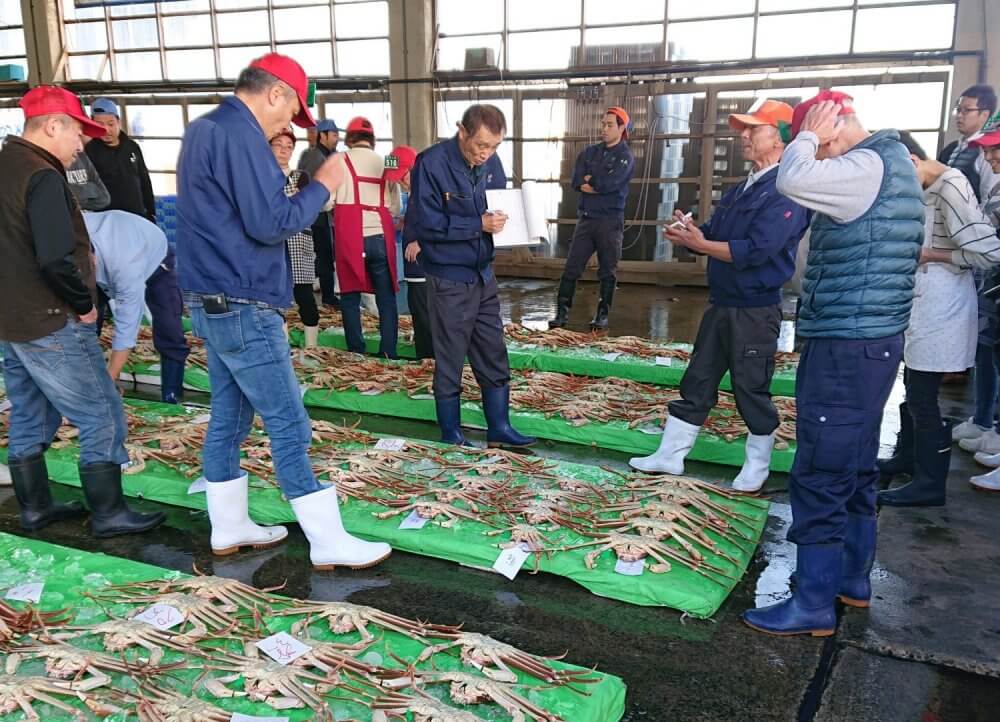
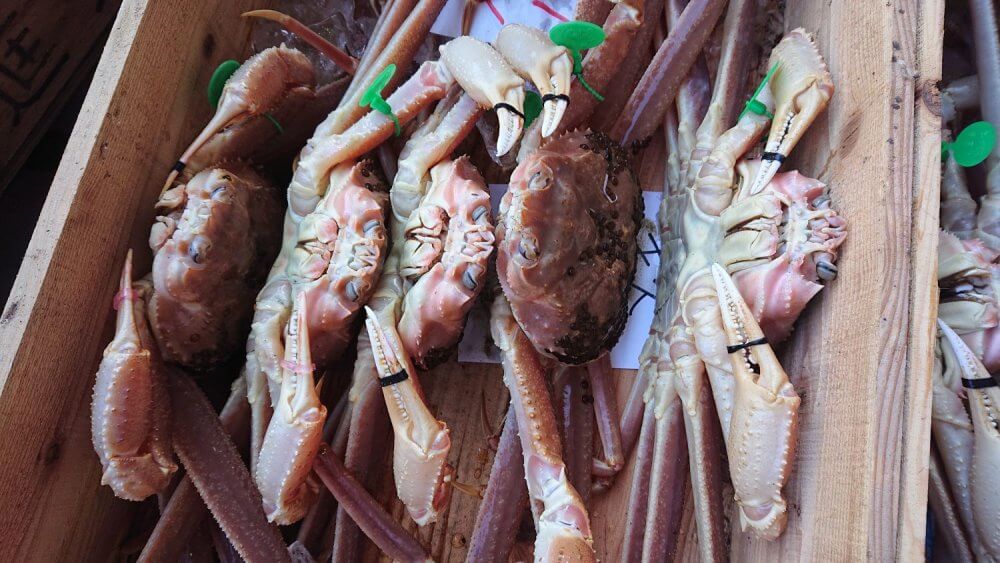
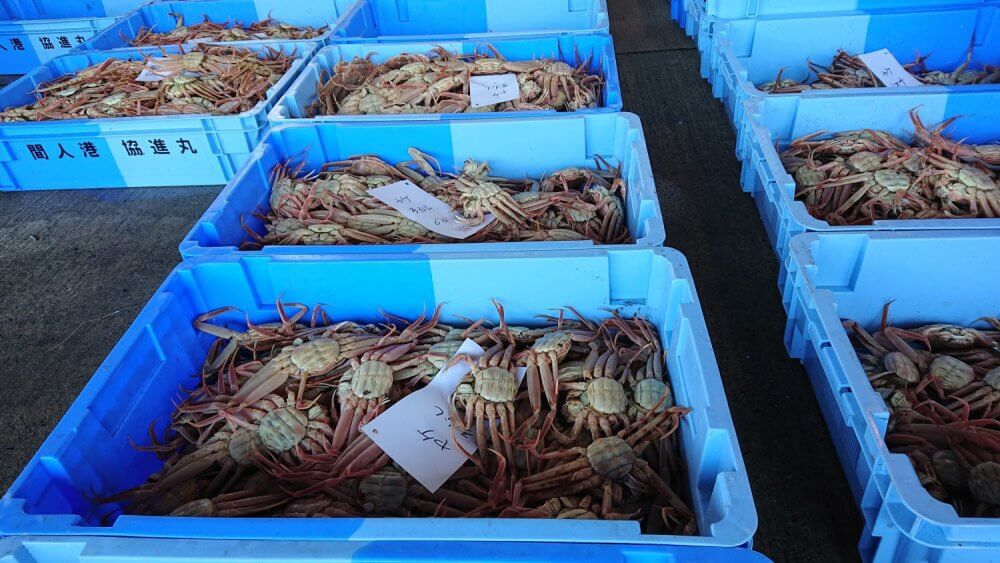
.jpg)
